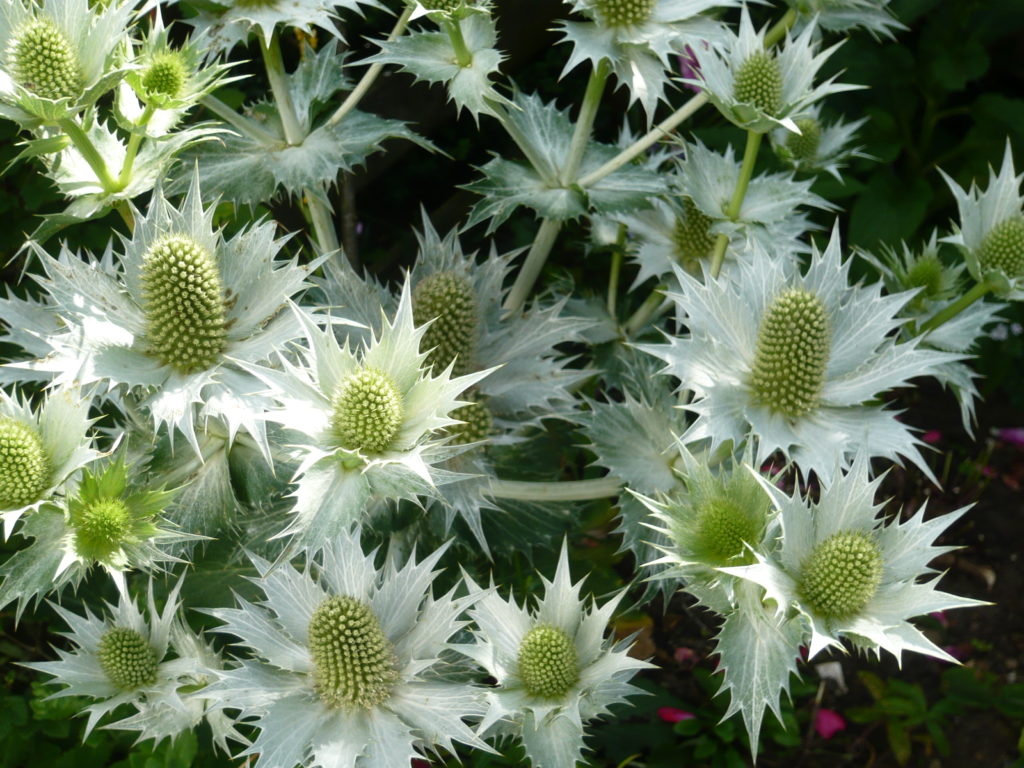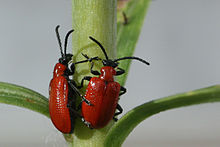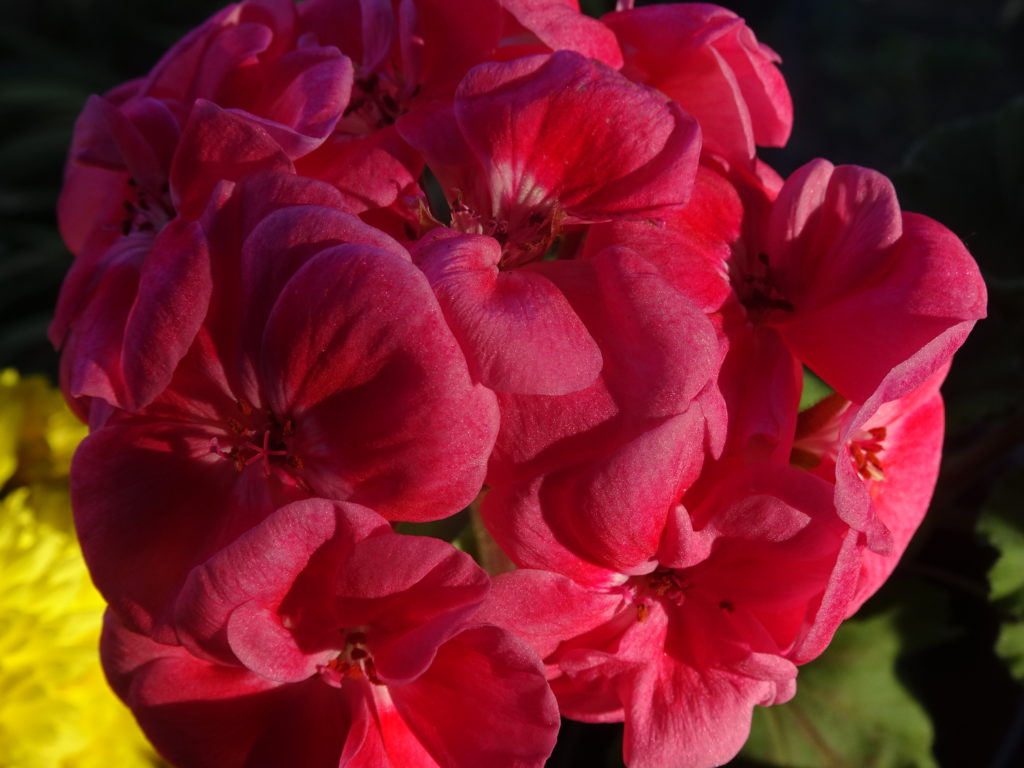National Tree Week Tribute 2018
Gardeners tips would like to pay tribute to the nation’s trees, past and present and all those that use or care for them. The time to pay this tribute must be during National Tree Week which runs from 24th November to 2nd December 2018.

Where to Start the Tribute
- I have ordered 3 bare rooted fruit trees to be delivered on the 24th November. These will be planted in my mini orchard to augment the apple and plum varieties I already grow. I don’t really need any more trees for fruit production as the family can’t eat a good years crop even when taking jam into account. Still another tree will be a good backstop should one of my current trees start to fail.
- It may be a bit early for Christmas but I have agreed to give and have sourced a Kilmarnock Willow tree for my sister’s present. This is to replace a dead willow tree that used to provide a place for garden birds to congregate.
- Whilst learning oil painting and watercolour I have set aside 2 books on how to draw and paint trees. It will make me look closely at all trees (during cold winter months that will probably be through a window.)
- Historically gardeners tips have published 443 articles about trees. I will re-post and update one of these pages on each day during National Tree Week
Quirky Tree Facts
- An 80,000 year old Quaking Aspen in Colorado formed a clonal colony linked to a single massive subterranean root system with all the trunks above ground remaining connected to each other.
- Against all odds trees can have great survival instincts

- Â The process known as dendrochronology involves counting the rings of a tree trunk.
- If a birdhouse is hung on a tree branch, it does not move up the tree as the tree grows.
- There are over 50,000 tree species and some large specimens can drink 100 gallons of water a day.
- There are numerous uses of trees including food production, energy creation from burning, construction of buildings and ships, decoration and furniture. Best of all I like the idea of a tree house.
Raise a toast including a tree botanical to the UK National Tree Week and all the great trees in the world

 .
.









